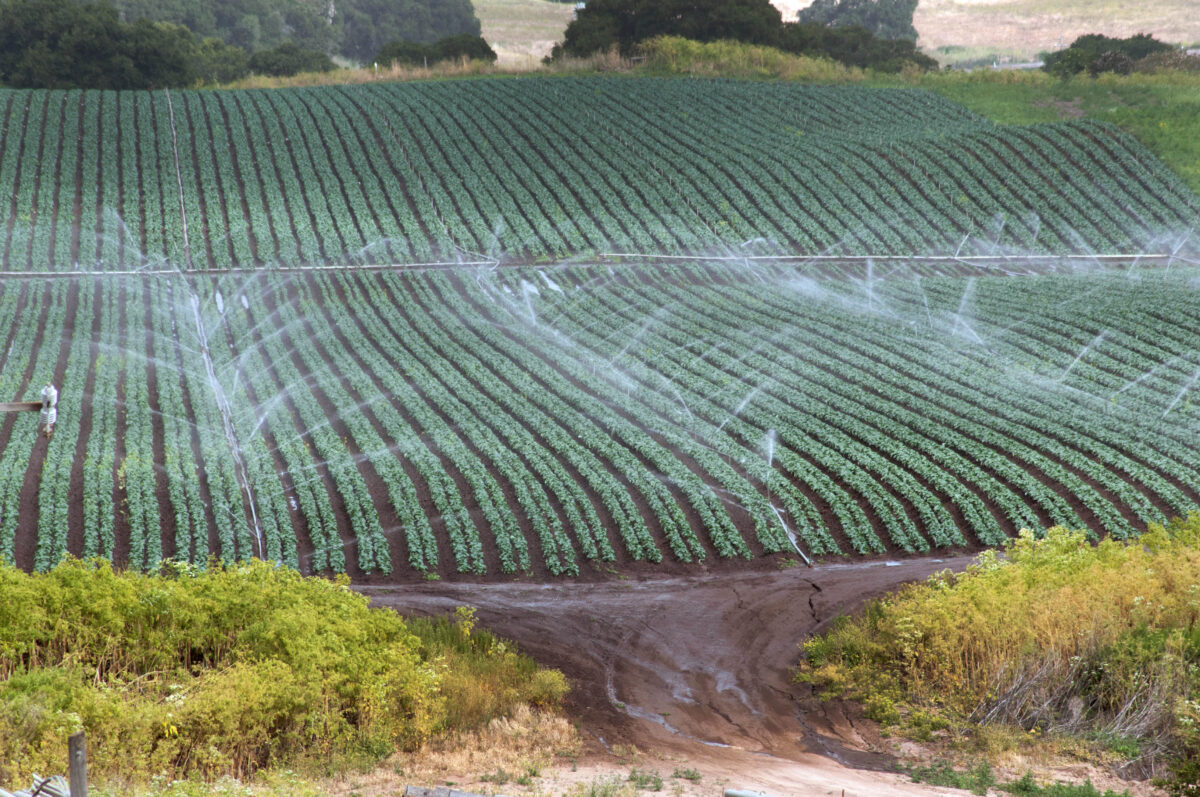Over the past few years, Word Forest has been an avid participant in the University of Oxford’s Internship Programme. During this winter holiday period, we were thrilled to receive assistance from another cohort of amazing interns, one of whom has worked with us before. It’s great to know we’re doing a good job of exposing undergraduates to real life situations in the working world.
Kiran, Leigh and Dan joined our UK Core Team for two weeks and they did a brilliant job in helping us further our mission to reforest Kenya. One of Leigh and Kiran’s missions was to attend a drop-in virtual session at COP28 in Dubai. This is their report.
As we all know, getting involved in environmental conservation work is key to protecting our planet. We wanted to get involved by immersing ourselves in one of COP28’s publicly accessible online presentations. We chose the Youth Climate Forum on Food and Water Security, driven by the knowledge of how important this topic is to Word Forest’s key remit.
We were looking forward to listening to the youths’ demands on how industries should best adapt themselves. We also wanted to understand and evaluate how easy it was to take part in these virtual events and to see how well they are run. The full calendar of talks, presentations and round tables were easy enough to view on the UNFCCC website. You might like to click here to read our earlier article explaining what COP is and to explore some of the key points at the conference.
Our event was scheduled to start at 12:00pm but this time swiftly passed and the ‘Starting Soon’ screen was still being shown. Eventually, at 12:15pm the camera turned on and we could see the panel. After a brief apology for the late start, the event began hurriedly with a short video from the Youth Climate Forum detailing who they are and what they aim to achieve. Next, everyone on the panel introduced themselves and gave their insight into the current situation for global food and water security, briefly explaining what can be done to try and improve this.
They told us that in 2022, 29.6% of the global population were moderately or severely food insecure[1] and this number is only set to grow as the world’s population is expected to rise to 9.8 billion by 2050[2]. One of the biggest issues with current worldwide food production methods is the quantity of meat and dairy products that are produced. Currently, the production of meat is responsible for 40% of all methane emissions in the USA and it also causes up to 91% of Amazon destruction[3]. Additionally, over the last 60 years, global meat consumption has risen from 44 million to 284 million tons per annum[4].
However, while these startling facts were mentioned in the event, hardly anything was suggested about how to improve this situation. Instead, the panel members seemed content to talk about what all of the problems were, without listing potential solutions, which we felt was very disappointing as providing and implementing solutions to these issues is what COP is all about.

Food production requires large quantities of water. 70% of global water usage is for agricultural purposes[5]. Water security is another key issue that humanity faces and it is intrinsically linked to food production. Four billion people experience severe water scarcity for at least one month per year[6] and as fresh water is being used up more and more, this number is only set to worsen. This point was discussed in the meeting and potential ideas brought forward were:
- transboundary water policies, which is essentially cooperation between countries that share the same water resources
- using new technologies
- and encouraging youth involvement to push this issue forward
We couldn’t help but feel disappointed by the lack of clear ideas put forward by the panel. We had hoped they would be far more ambitious and they’d make it clearer exactly what needs to be done to solve the problem.
Since the meeting started late, at the end of the presentation there was only time for a couple of short questions, which we also found disappointing, since this was a key opportunity for the current schemes to be challenged. One of the questions asked was what individual people could do to help. The obvious answer – a shift to plant-based foods – was brought up. The meeting was then abruptly closed, leaving us (and quite possibly the rest of the audience) feeling unfulfilled, like the whole meeting was a waste of time by everyone involved. The presentation was, however, packed with countless lost opportunities to properly explore this critical issue in the depth it required.
We do not want to dissuade anyone from attending a COP meeting, the work that is being carried out there is vital for the future of our planet, but unfortunately, our experience left us feeling quite annoyed and discouraged that the planet is moving towards a better future.
Kiran Bahra and Leigh Balment
References
- FAO. Indicator 2.1.2 Prevalence of moderate or severe food insecurity in the population, based on the Food Insecurity Experience Scale. Food and Agriculture Organization of the United Nations. Accessed: 08/12/2023. Available at: https://www.fao.org/sustainable-development-goals-data-portal/data/indicators/212-prevalence-of-moderate-or-severe-food-insecurity-in-the-population-based-on-the-food-insecurity-experience-scale/en
- UN. World population projected to reach 9.8 billion in 2050, and 11.2 billion in 2100. United Nations. Accessed: 08/12/2023. Available at: https://www.un.org/en/desa/world-population-projected-reach-98-billion-2050-and-112-billion-2100
- Sutardja Center for Entrepreneurship & Technology, Berkeley Engineering. Saving the Planet The Market for Sustainable Meat Alternatives. Published 10/11/2015. Authors: I Joshi, S Param, Irene, M Gadre. Accessed: 08/12/2023. Available at: http://scet.berkeley.edu/wp-content/uploads/CopyofFINALSavingThePlanetSustainableMeatAlternatives.pdf
- Earth Policy Institute. Rising Meat Consumption Takes Big Bite out of Grain Harvest. Earth Policy, published 22/11/2011. Accessed: 08/12/2023. Available at: http://www.earth-policy.org/mobile/releases/highlights22
- FAO. AQUASTAT – FAO’s Global Information System on Water and Agriculture. Food and Agriculture Organization of the United Nations. Accessed: 08/12/2023. Available at: https://www.fao.org/aquastat/en/overview/methodology/water-use
- UNICEF. Water Scarcity. Addressing the growing lack of available water to meet children’s needs. UNICEF. Accessed: 08/12/2023. Available at: https://www.unicef.org/wash/water-scarcity





